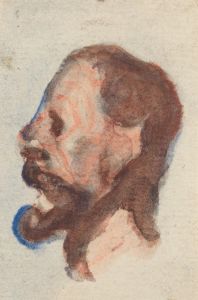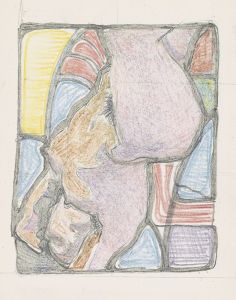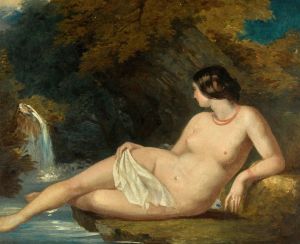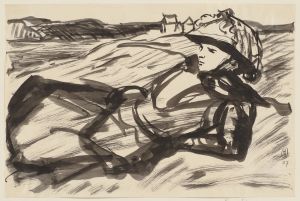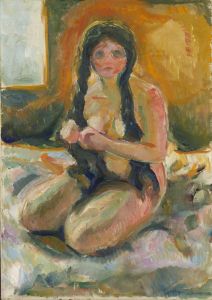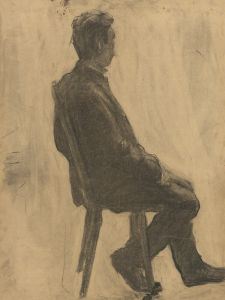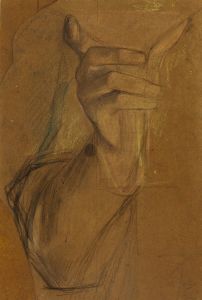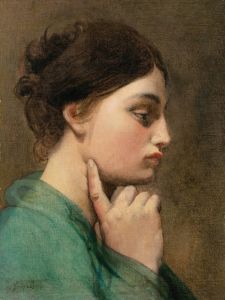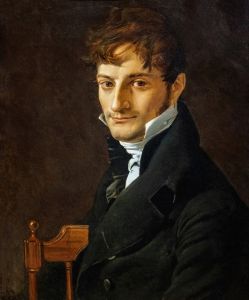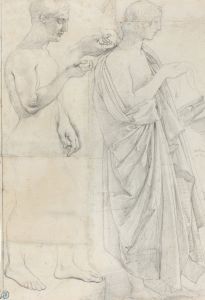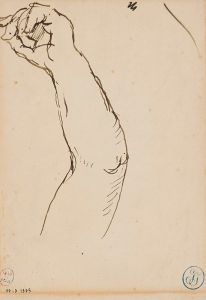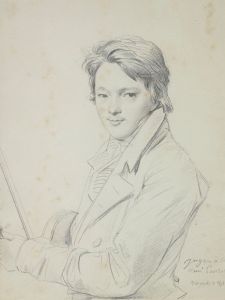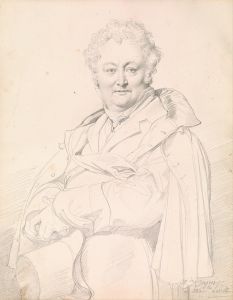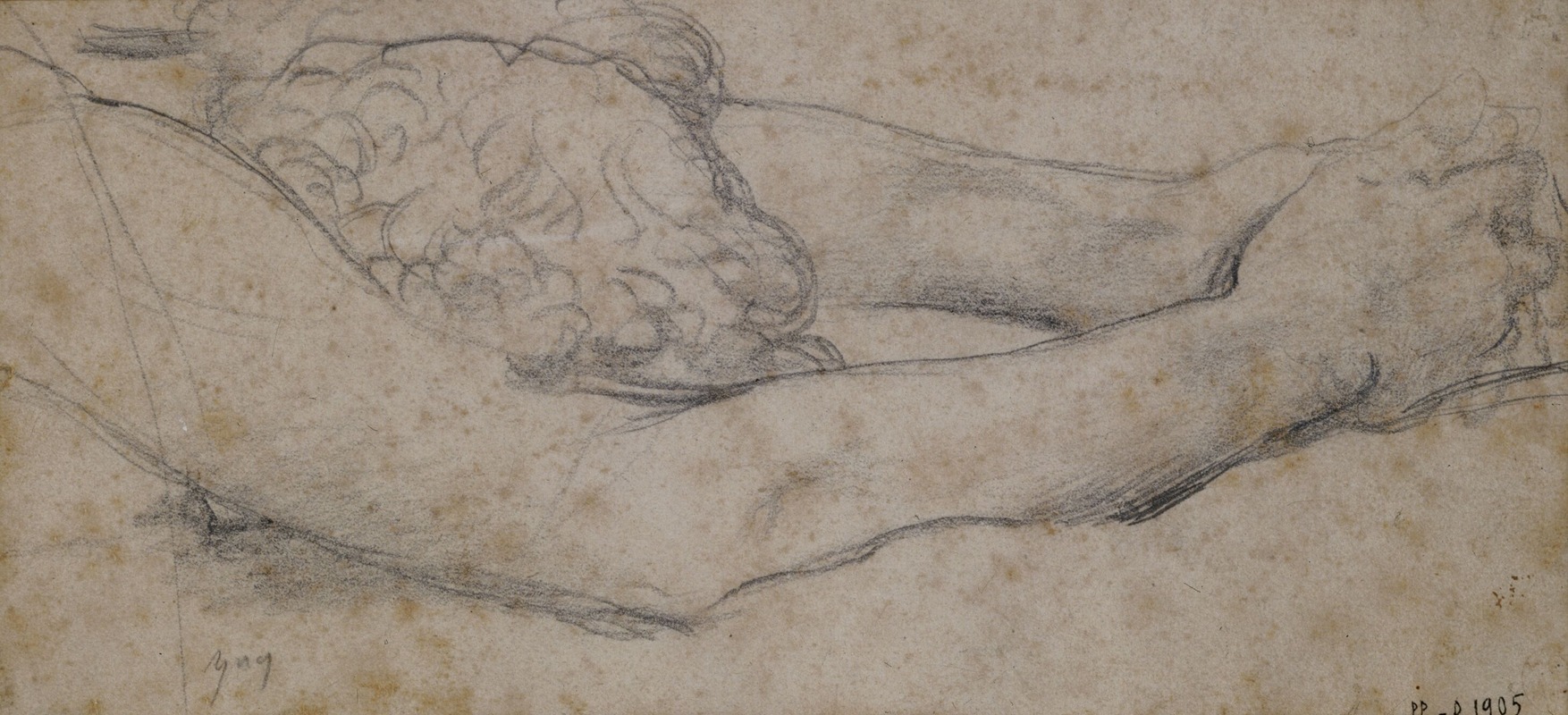
Etude d’homme prosterné
A hand-painted replica of Jean Auguste Dominique Ingres’s masterpiece Etude d’homme prosterné, meticulously crafted by professional artists to capture the true essence of the original. Each piece is created with museum-quality canvas and rare mineral pigments, carefully painted by experienced artists with delicate brushstrokes and rich, layered colors to perfectly recreate the texture of the original artwork. Unlike machine-printed reproductions, this hand-painted version brings the painting to life, infused with the artist’s emotions and skill in every stroke. Whether for personal collection or home decoration, it instantly elevates the artistic atmosphere of any space.
"Etude d’homme prosterné" (Study of a Prostrate Man) is a drawing by the French Neoclassical artist Jean Auguste Dominique Ingres. Ingres, born on August 29, 1780, in Montauban, France, is renowned for his precise draftsmanship and his role in the Neoclassical movement, which sought to revive the classical art forms of ancient Greece and Rome.
The drawing "Etude d’homme prosterné" is a study that showcases Ingres' exceptional skill in rendering the human form. The work depicts a male figure in a prostrate position, a pose that suggests humility, submission, or devotion. This type of study was common in Ingres' oeuvre, as he often created detailed preparatory drawings for his larger compositions. These studies allowed him to explore the anatomy and posture of his subjects meticulously.
Ingres' training at the École des Beaux-Arts in Paris under Jacques-Louis David, a leading figure of the Neoclassical movement, profoundly influenced his artistic development. David's emphasis on classical ideals and rigorous academic training is evident in Ingres' precise and disciplined approach to drawing. Ingres won the prestigious Prix de Rome in 1801, which allowed him to study in Rome, where he was deeply inspired by the works of Raphael and other Renaissance masters.
"Etude d’homme prosterné" reflects Ingres' dedication to the classical tradition and his belief in the importance of drawing as the foundation of all visual arts. The drawing is executed with fine lines and careful attention to detail, capturing the musculature and contours of the human body with remarkable accuracy. Ingres' use of light and shadow adds depth and volume to the figure, demonstrating his mastery of chiaroscuro.
The exact date of the drawing is not specified, but it is consistent with Ingres' style and technique developed during his early career in the early 19th century. Ingres' drawings were often preparatory works for his larger paintings, and they provide valuable insights into his creative process and artistic vision.
Throughout his career, Ingres produced numerous studies and sketches, many of which are now housed in major art institutions around the world. His works are celebrated for their technical excellence and their embodiment of Neoclassical ideals. Ingres' influence extended beyond his lifetime, impacting subsequent generations of artists who admired his commitment to classical beauty and precision.
"Etude d’homme prosterné" is a testament to Ingres' skill as a draftsman and his dedication to the principles of Neoclassicism. The drawing exemplifies his ability to convey the human form with grace and accuracy, making it a significant piece in the study of 19th-century French art.





